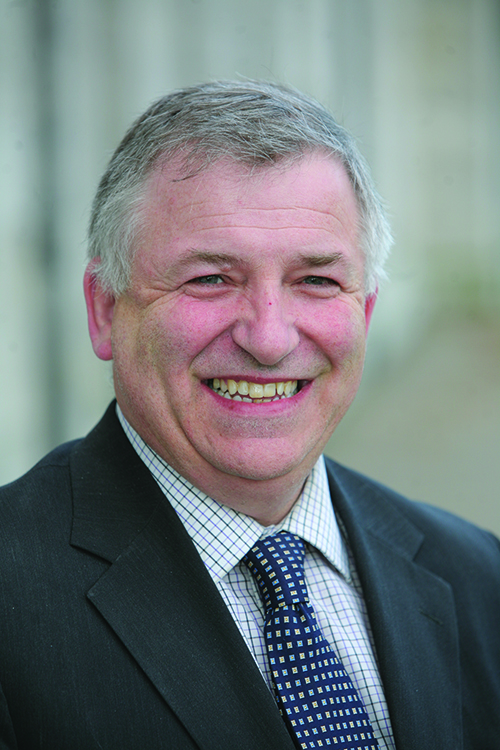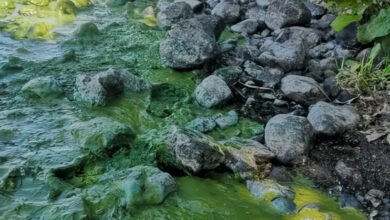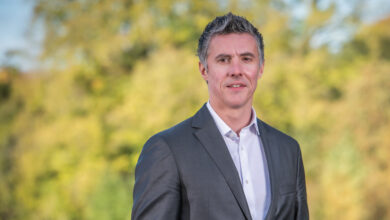Profit from productivity

Teagasc’s Professor Gerry Boyle talks to Owen McQuade about the importance of productivity in driving the profitability of the agriculture sector and how that approach is applied to improving Ireland’s pastures.
The Government’s agri-food strategy Food Wise 2025 provides the sectoral context for the work of the agriculture and food authority. The approach taken has been to focus around the theme of ‘driving sustainable profitability from productivity.’
“The focus of the sector is mostly around market prices, and that is very important, but from our perspective as a research, advisory and education body productivity is the ultimate driver of improving living standards on farms and in food companies in the longer run.”
Teagasc specifically identifies a number of issues holding back productivity in Ireland. One is the worrying deterioration in soil fertility due to a lack of nutrient application. There is an index system for soils, with soils stratified on four indices where the optimum index is status three for phosphorous (P) and potassium (K). Teagasc estimates that only about 10 per cent of land, even dairy, soils are optimal from a nutrient efficiency perspective. In addition lime is also deficient, which is important in releasing P and K in the soil. “It is surprising that we have to focus on this issue which was a very live topic in the early 1960s,” says Boyle.
Following on from soil fertility is the importance of utilising grasslands as efficiently as possible. There are a number of dimensions to this. Some are research related and some advisory. On the research side, Teagasc continues to pursue the development of new varieties of grass and clover, with a view to elongating the grazing season. The clover issue is not only important from both a nutritional point of view but also from a sustainability point of view. “Clearly we want to reduce the consumption of chemical fertilisers from both a greenhouse gas perspective and water quality point of view,” says Boyle.
In the advisory programmeTeagasc is looking at ways to utilise organic fertilisers. There is a particular challenge in the border areas due to the predominance of the pig and poultry sectors. “There is an evident need in these areas to have efficient exchange arrangements but that is not often easy because of distance constraints.”
On the grasslands advisory programmeTeagasc looks to the effective utilisation in the first instance, “we want to drive production of grass for grazing.” On average throughout the Republic of Ireland only 7 tonnes of grass per hectare is produced. Technically a doubling of that average is feasible. Many farms are already producing at that level and on Teagasc’s experimental farms, at Ballyhaise in Cavan and Moorepark in Cork, it is commonplace to produce 16 tonnes per hectare.
“Production is one aspect and utilisation is the other and the two are interconnected,” explains Professor Boyle. Utilisation involves matching stock levels efficiently to grass production. One tool Teagasc has developed is ‘PastureBase Ireland’ which is essentially a database that collects data from around 2,000 farms across the country to allow farmers to benchmark their performance against their peers.
“That’s important because there is variation across the country in grass production conditions. Therefore, farmers in the border areas can see how their own farms are performing against a benchmark that is relevant to them”.





